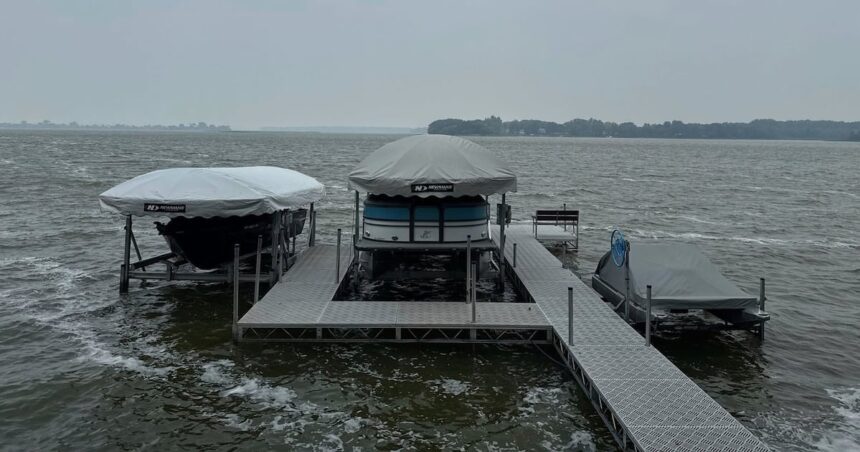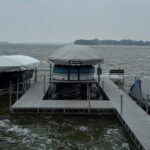A thick, acrid haze has descended upon America’s heartland this week as intensifying Canadian wildfires send unprecedented volumes of smoke southward, triggering air quality alerts across seven states and forcing millions to retreat indoors during what should be the peak of summer activities.
The smoke, visible from satellite imagery as a massive gray cloud stretching from northern Manitoba to Missouri, has transformed vibrant midwestern cities into eerie, sepia-toned landscapes. In Minneapolis, visibility dropped to less than half a mile on Thursday as air quality index readings soared above 300—classified as “hazardous” by environmental authorities.
“This is not just another smoky day,” said Dr. Eleanor Westfield, atmospheric scientist at the University of Minnesota. “The particulate concentration we’re measuring represents some of the worst air quality events recorded in the Upper Midwest since modern monitoring began. The 2023 events were severe, but the persistence and intensity of this summer’s smoke plume is setting new records.”
The smoke originates from more than 75 uncontained wildfires currently burning across Canada’s boreal forests. According to Canada’s National Forestry Database, this year’s burn area has already exceeded 2023’s record-setting season by approximately 22 percent, with unusually dry conditions and above-average temperatures creating ideal conditions for rapid fire spread.
Health impacts have been immediate and widespread. Emergency departments across the affected region report a 40 percent increase in respiratory-related visits, particularly among vulnerable populations like children, elderly residents, and those with pre-existing conditions.
“We’re seeing patients who have never experienced respiratory distress before,” noted Dr. James Havens, emergency physician at Chicago’s Northwestern Memorial Hospital. “The fine particulate matter in wildfire smoke is especially dangerous because it penetrates deep into the lungs and can enter the bloodstream, potentially affecting multiple organ systems.”
Economic consequences are mounting as well. Flight delays and cancellations have disrupted operations at major hubs including O’Hare International Airport and Minneapolis-Saint Paul International Airport. Outdoor venues have canceled events, and tourism officials report significant decreases in visitor numbers at regional attractions.
“July is typically our busiest month,” said Marcus Reynolds, owner of Lakeside Adventures in Duluth, Minnesota. “We’ve had to refund thousands in reservations for our kayak tours and fishing charters. You simply can’t expect people to spend hours outdoors when breathing the air is literally hazardous to their health.”
Climate scientists point to this event as consistent with predicted patterns of climate change impact on North American weather systems. “What we’re witnessing isn’t an anomaly—it’s the new normal,” explained Dr. Catherine Zhao, climate researcher at the University of Wisconsin-Madison. “Models have long predicted that warming temperatures would create conditions for more frequent and intense wildfire seasons across the boreal regions. The question isn’t whether these events will continue, but rather how much worse they might become.”
Public health officials have issued guidelines recommending that residents in affected areas remain indoors with windows closed and air purifiers running when possible. Outdoor activities should be limited, particularly for sensitive groups, and N95 or KN95 masks are recommended for those who must venture outside.
As forecasts predict the smoke plume will persist for at least another week, attention turns to longer-term solutions. Environmental advocates are calling for accelerated climate action, while emergency management agencies work to develop more robust response protocols for what appears to be an increasingly common summer phenomenon.
As communities across the Midwest gaze out at skies tinted orange by distant flames, a sobering question emerges: in a future where such events become routine rather than exceptional, how will we adapt our infrastructure, healthcare systems, and daily lives to accommodate this new reality?









